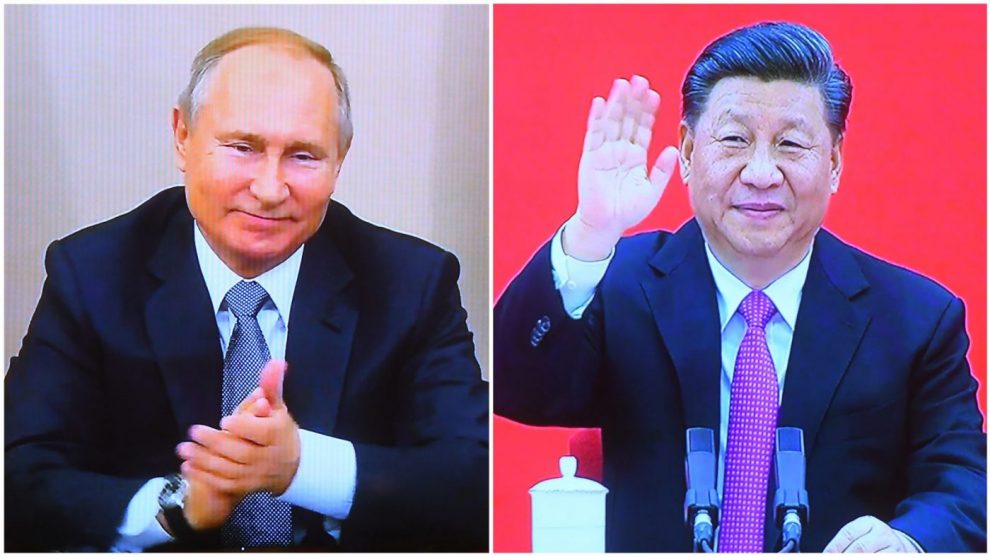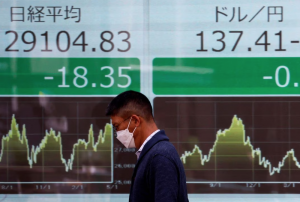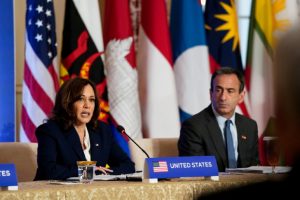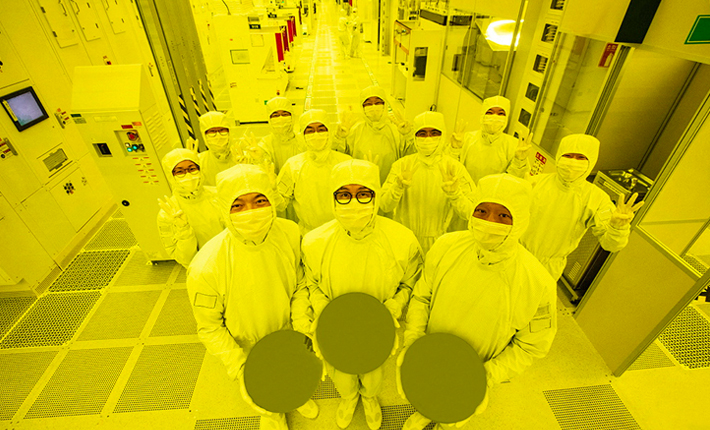(ATF) China started operations last week at the second section of a natural gas pipeline link to Russia, boosting its supplies through the massive Power of Siberia (POS) 1 pipeline, state-run operator China Oil & Gas Piping Network (PipeChina) said in a statement.
The 1,110 km pipeline section aims to help improve air quality in the region, home to around a quarter of China’s steel-making capacity, by adding 27 million cubic metres (mcm) of gas supply per day. The pipeline will also promote economic development alongside China’s so-called rust-belt areas, it added.
The mid-section of the pipeline starts at Changling in Jilin province in north China, crosses Inner Mongolia, Liaoning and Hebei provinces, and ends in Tianjin, a port city in the northeast. From there, gas will be sent to the existing Shaanxi-Beijing gas pipeline network in northeast and northern China, and also connect to liquefied natural gas (LNG) terminals in Dalian and Tangshan.
Read Related News on ATF
- China needs green pivot to offset gasoline, diesel addiction
- China’s Great Wall plans to launch electric and smart car brand
- China pulls EVs over standards failures
The northern part of POS started operations in December 2019, and to date has piped nearly 4 billion cubic metres (bcm) of natural gas. Construction on the southern section, which will extend the pipeline to Shanghai in the east, began in July. The overall pipeline has a 3,000 km section, starting at western Siberian gas fields in Russia and will stretch some 5,111 km. The entire project is earmarked for completion around 2025.
PipeChina, for its part, a newly formed company, took control of the pipeline when the firm began operations on October 1 as part of an asset transfer deal with PetroChina, the state-controlled subsidiary of oil major CNPC.
Energy geopolitical ramifications
The POS pipeline deal was reached in May 2014 between Chinese President Xi Jinping, and his Russian counterpart Vladimir Putin, who since then have reportedly developed close personal ties. The deal calls for Russian energy giant Gazprom to supply about 38 bmc worth of gas to CNPC for 30 years.
The deal also marked improved bilateral relations between Beijing and Moscow, and is seen as a collective push-back against the US and EU for placing sanctions on the country following Russia’s invasion of Ukraine the same year.
“This is a good result of our bilateral cooperation. The launch of the pipeline is one of the important interim results and the start of a new era in our bilateral ties,” Xi Jinping said at the time.
The deal was also designed to help Russia, Europe’s main gas supplier, diversify since European gas demand has largely remained flat, while imported LNG could chip away at its gas monopoly.
One downside for Russia, given the stark differences in China’s and Russia’s economic and political power, is that it could also become too dependent on Chinese gas demand. Moreover, since POS gas supply is reportedly indexed to oil prices, the profitability of the project remains in question, causing more headwinds for Gazprom.
Falling prices
This year global oil prices have been floored by record demand destruction created by the economic impact of the Covid-19 pandemic. However, oil markets are cyclical, even hopefully post a global pandemic. Once economic activity returns to a semblance of normalcy, global oil demand and in lock step prices will start to recover.
For China, the POS pipeline merely adds more supply options in an already saturated gas market, for both pipeline gas and more expensive imported LNG. It also reduces China’s need for more US LNG volumes, the world’s third largest LNG exporter.
Yet, since China is the world’s largest gas user and it’s second largest LNG importer, soon to eclipse Japan for the top slot, the world’s two reigning superpowers will continue to cross paths over the fuel.
Another notable take-away from last week’s development is that more gas will be supplied to the Beijing-Tianjin-Hebei region in northern China, where air pollution has been a systemic problem for years. The area also represents China’s largest winter gas demand centre. Northern China is also home to most of the country’s coal mines and as such considerable coal power generation remains.
More gas
More gas supply will help Beijing energy planners reach their goal of ramping up cleaner burning gas as part of its energy mix to 10% by year’s end, and 15% by 2030, with further earmarks beyond that.
However, given Xi Jinping’s pledge in September that China will become carbon neutral before 2060, the country needs to slow the growth of new coal plants recently approved earlier this year to help numerous provincial governments weather economic headwinds from the Covid-19 pandemic. It also needs an enhanced policy programmeme to close more thermal coal-fired power plants. With the closure of more coal fired plants, a recent slowdown in coal to gas switching can be reversed.
On the domestic side of the equation, PetroChina can’t pass on the higher cost of Russian gas to end users in Beijing because the government has already adjusted domestic city-gate prices a number of times since 2014; thus, it has to absorb the higher price of Russian gas, resulting in losses.
Another factor to be considered is that the first sections of the POS pipeline was built by PetroChina, while going forward the rest will be built by PipeChina. At any rate, to transfer construction costs would also need approval from China’s powerful National Development and Reform Committee (NDRC), which could be a difficult task.
To offset loses last year when the first segment of the POS pipeline became operational, PetroChina renegotiated prices with other Asian gas suppliers, optimised several term LNG deals in the summer and winter months, and tried to resell LNG on the spot market for a profit.
LNG spot prices, however, dipped this year to record lows, plunging in April beneath the $2 million per British thermal units (MMBtu) price point, well beneath most producer’s break-even cost. Since then, they have trended upward in anticipation of a colder winter this year in North Asia.
























